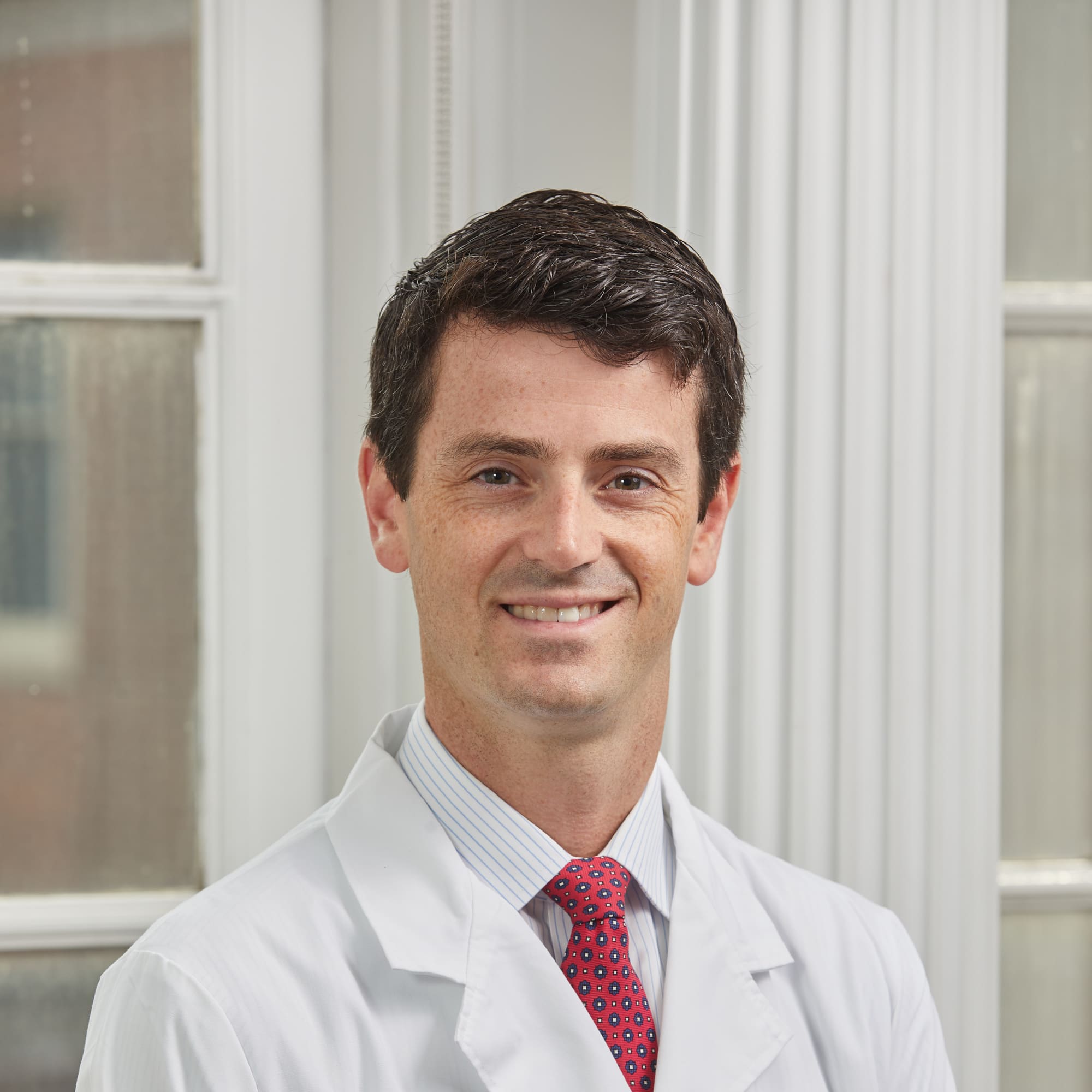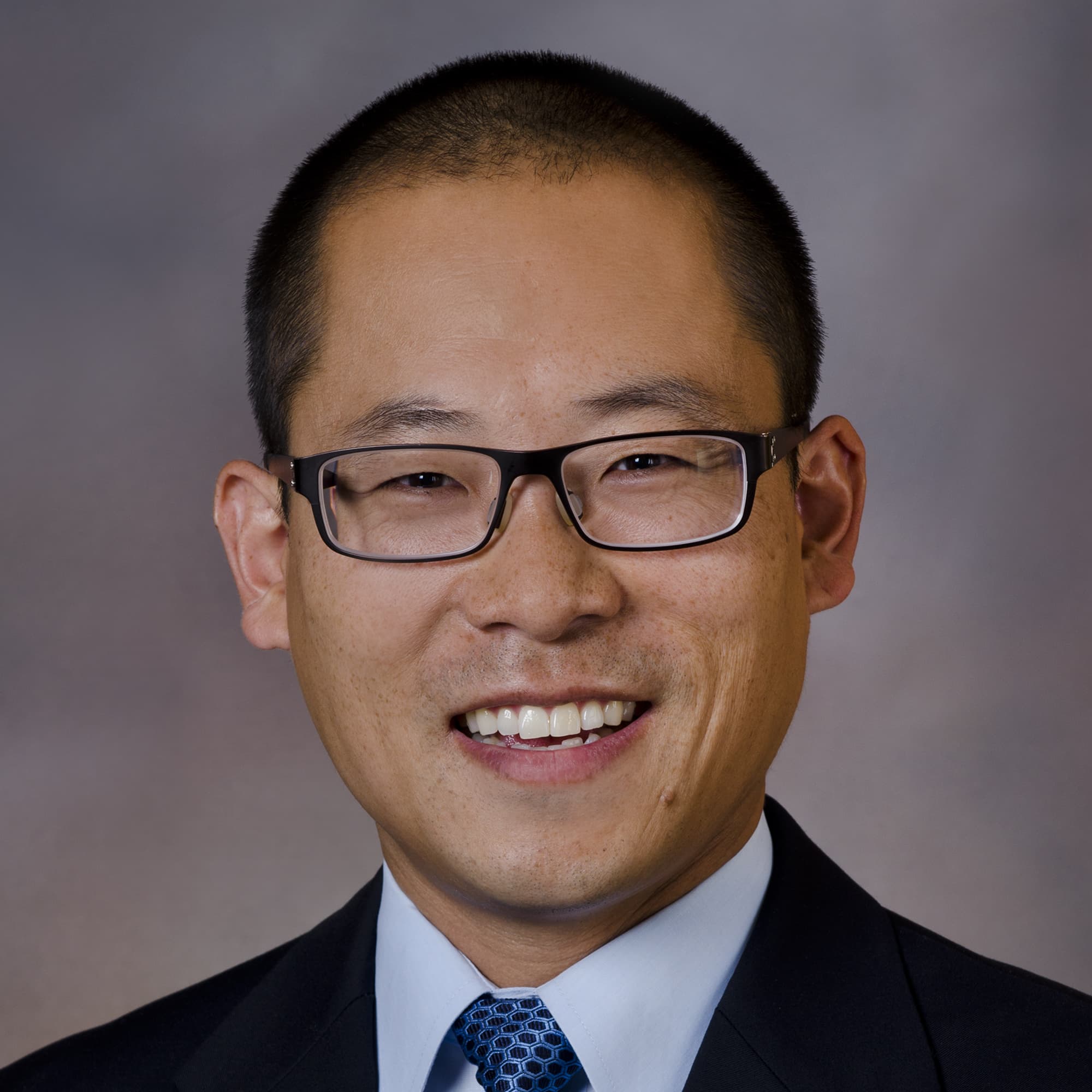Ankle Fracture (broken ankle)
Definition
An ankle fracture, also known as a broken ankle, is a condition in which one or more bones that make up the ankle joint are broken or damaged. This can result from various causes, such as trauma, falls, and sports injuries. Ankle fractures can range from mild to severe and may involve the tibia, fibula, or talus bones.
Related Specialists
Showing 3 of 8
Related Fact Sheets
Related Departments
Showing 3 of 10
General Orthopaedics
We treat patients with injuries and diseases of the body’s musculoskeletal system. Our specialists treat a variety of bone, joint, tendon, nerve, and muscle conditions. These problems range from routine musculoskeletal complaints to more complex diseases requiring orthopaedic pathology and surgery. We work in conjunction with providers across many specialties—radiology, oncology, physical therapy, and pain management—to provide compassionate care to our patients. We treat musculoskeletal conditions in pediatric and adult patients. Our physicians specialize in many orthopaedic disciplines, including spine surgery, joint replacement, trauma and fracture care, hand and upper extremity surgery, microsurgery, sports medicine, oncology, and foot and ankle care. Our physicians employ many techniques for treating patients, including nonsurgical management utilizing physical therapy, occupational therapy, injections, and bracing. After providing a diagnosis, our providers discuss the best alternatives for treatment, whether this involves physical therapy, medication, surgery, or a combination of these options. When surgical intervention is indicated, cutting-edge surgical procedures and technological options are available. Some of the more common conditions our specialists treat include: Spinal problems, including degenerative conditions, disk herniations, scoliosis, spinal stenosis, fractures, and tumors Shoulder problems, including rotator cuff disease, arthroscopic surgery, arthritis, joint replacement, fractures, and instability Elbow problems, including arthritis, fractures and dislocations, joint replacement, and instability Hand and wrist problems, including arthritis, fractures, arthroscopic surgery, joint replacement, and artery and nerve repairs Pelvis and hip problems, including arthritis, arthroscopic surgery, joint replacement, and fractures Knee problems, including ligament and meniscal tears, arthritis, arthroscopic surgery, joint replacement, and fractures Foot and ankle problems, including tendon and ligament repairs, fractures, arthritis, and joint replacement Pediatric problems, including congenital deformities and fractures Tumor and limb salvage surgeryACL Injury Treatment Program
ACL injuries are common. Approximately 175,000 ACL reconstructions are performed every year in the United States. An ACL tear renders the knee unstable and without surgery most people cannot return to cutting and pivoting types of activity and athletics. Furthermore, a knee with an ACL tear that is not operated on has a significantly higher risk of developing subsequent tearing of the meniscus (cartilage) and degenerative arthritis. For these reasons, most athletically active patients opt to have their ACL reconstructed. Advancements in video technology and surgical instrumentation have allowed ACL operations to be carried out using very minimally invasive techniques. However, not all surgeons are able to offer these cutting-edge techniques as they require the development of new and often more challenging surgical skills that have a steep learning curve and take time to master. Several of our Yale Sports Medicine surgeons are involved in the teaching of these techniques at courses offered throughout the U.S. To find out more about this program, please fill out a brief survey . The surgical faculty are all fellowship-trained and board-certified in Orthopaedic Surgery and the majority are sub-specialty board certified in Orthopaedic Sports Medicine. The team also includes a number of renowned musculoskeletal radiologists who we routinely consult and collaborate with on all aspects of imaging, including plain X-ray, CT scan, and high-resolution MRI. Our anesthesia colleagues are experts in the most up-to-date regional anesthesia techniques so that post-operative pain is kept to a minimum. Experienced and skilled physical therapists also play a critical role on our team. Utilizing the most current machinery and “return to sport” assessment tools, they help us determine when patients are ready to get back into the game. A team of orthopaedic physician assistants, skilled nurses, and athletic trainers round out our comprehensive and compassionate approach to care. ACL reconstructive surgery involves “replacing” the torn tissue with a tendon either from the patient’s body (called an autograft) or from a cadaver (called an allograft). Traditionally, the two most common autografts used in ACL reconstruction have been the bone-patellar tendon-bone graft and hamstring tendons autograft. Recently, the use of the central third of the quadriceps tendon (from the front of the knee) has become more popular, and surgeons in our program are now utilizing this graft on a routine basis for ACL reconstruction. The quadriceps tendon graft is robust and very strong and has a lower incidence of some of the more common complications seen with other graft sources such as anterior knee pain and numbness about the knee. While use of the quadriceps tendon still only represents approximately 11% of all ACL operations, our Sports Medicine division is on the vanguard of this movement as we strive to offer our patients what we feel is the best possible treatment for their condSports Medicine
We specialize in a wide range of preventive care and treatment options for injuries and conditions related to competitive and recreational athletics. Sports-related injuries require specialized care to promote optimum healing. We focus on promoting and maintaining an active lifestyle through non-operative rehabilitation programs and minimally invasive arthroscopic surgical procedures. Using the most up-to-date arthroscopic techniques, our surgeons are specialists in repairing joint damage to the knee, ankle, shoulder, hip, or elbow. Our team works with patients to minimize disabilities resulting from sports injuries and conditions and to maximize quality of life. We offer the following specialized services: Hip, knee, ankle, shoulder, and elbow arthroscopy Cartilage preservation and restoration procedures (including Microfracture, Osteochondral Transfer (OATs) and Carticel® and meniscus transplantation) On-site physical therapy Non-operative and alternative treatments for common sports injuries Our specialists also consult with local high school and college coaches. We regularly conduct seminars for coaches, trainers, and physicians, focusing on injury prevention and modern treatment methods. We also provide medical coverage for various athletic events and teams, including the Pilot Pen Tennis Tournament, the New Haven Road Race, and several area high schools.


